Your Cart is Empty
Free Shipping over $150 (Excludes Oversized Products)
Free Shipping over $150 (Excludes Oversized Products)
Sanding Belts
Sanding Discs

Pine Vs Cedar: Which Is Better For Woodworking?
by David Kranker 9 min read

Quick Summary
When planning a woodworking project, one of the most important decisions is your choice of wood. Among the many options available, pine and cedar are two of the most popular. Pine is known for its affordability and versatility, making it a go-to for a wide range of projects, while cedar is celebrated for its durability and natural resistance to insects and decay, making it ideal for outdoor applications. Whether you’re building furniture, a new outdoor deck, or a yard fence, understanding the strengths and weaknesses of these woods can help you choose the best material for your needs
When you’re planning a woodworking project, one of the most important decisions is your choice of wood. Among the many options available, pine and cedar are two of the most popular options.
The main difference between them is that pine is known for its affordability and versatility, making it a go-to for a wide range of projects while cedar is celebrated for its durability and natural resistance to insects and decay, making it ideal for outdoor applications. However, these aren’t the only advantages you need to consider when making your choice.
In this blog, the team at Red Label Abrasives will compare various aspects of both pine and cedar, including their characteristics, workability, appearance, and the best abrasives to use for each type. Whether you’re building furniture, a new outdoor deck or a yard fence, understanding the strengths and weaknesses of these woods can help you choose the best material for your needs.
Characteristics of Pine
Pine wood is a popular choice in woodworking due to its versatility and attractive appearance. There are several types available, including Eastern White Pine, Ponderosa Pine, and Sugar Pine, each offering different shades and grain patterns. Generally speaking, pine wood ranges in color from pale yellow to light brown, with a straight and uniform grain pattern that often features knots, giving it a rustic appearance.
Common Uses in Woodworking
Pine is commonly used in woodworking for furniture, flooring, and cabinetry. Its softness makes it easy to work with, as it allows for smooth cuts and intricate detailing. Pine is particularly favored for projects like tables, chairs, dressers, and bed frames, as well as for paneling and flooring in homes, where its warm, natural look adds to the decor.
Advantages of Using Pine
One of the main advantages of using pine is its affordability. Pine is widely available and less expensive compared to many hardwoods, making it an economical choice for large projects or for those working within a budget. It is also easy to stain and finish, so woodworkers can achieve a variety of looks, from natural and rustic to more polished and elegant.
Disadvantages of Using Pine
Like any other wood, pine has its disadvantages. Being softer, it is prone to dents and scratches, which can affect its durability, especially in high-traffic areas or for pieces that see heavy use. Pine is also susceptible to warping and knotting; the knots, while adding to its charm, can sometimes weaken the wood or create challenges during the finishing process.
Overall, pine is a practical choice for many woodworking projects due to its affordability and ease of use. However, woodworkers must consider its softness and potential for warping when selecting it for specific applications.
Characteristics of Cedar
Cedar wood is highly valued in woodworking for its beauty and practicality. There are several types of cedar, including Western Red Cedar, Eastern Red Cedar, and Northern White Cedar. This wood has a rich range of colors from light amber to deep reddish-brown while its grain patterns are straight, fine, and often interspersed with knots that add a distinct, natural charm.
Common Uses in Woodworking
Cedar is commonly used in woodworking for outdoor furniture, decks, and fencing due to its natural resistance to weathering and decay. Its ability to withstand the elements without extensive treatment also allows it to be used for picnic tables, garden benches, pergolas, and even siding for homes.
Advantages of Using Cedar
One of the main advantages of cedar is its natural resistance to insects and rot. This quality significantly extends the lifespan of cedar wood products, especially those exposed to moisture and varying weather conditions. Cedar’s aromatic properties are another benefit, as the wood gives off a pleasant scent that can repel insects and add a refreshing fragrance to spaces. Cedar is also known for its stability and durability: it tends to remain straight and does not easily warp or split, making it a reliable material for construction and furniture making.
Disadvantages of Using Cedar
Despite its many benefits, cedar has some drawbacks. One of the main disadvantages is its higher cost compared to other woods like pine. This can make large projects more expensive when using cedar. Furthermore, cedar may not be readily available in all regions, potentially leading to increased costs or difficulty in sourcing the material. Another consideration is cedar’s strong scent, which, while pleasant to many, may not be suitable for all indoor projects. The aroma can be overpowering for those sensitive to strong smells.
Cedar is a durable and attractive choice for many woodworking projects, particularly those meant for outdoor use. However, its higher cost and strong scent should be considered when planning your project.
Pine vs. Cedar: Workability
Both pine and cedar have their own characteristics that affect how they are cut, shaped, and finished. In this section, we will take a closer look at the workability of pine and cedar to help you determine which wood might be better suited for your project.
Pine
Pine is known for its ease of cutting, shaping, and sanding, making it a favorite among woodworkers (especially beginners). Its softness allows for smooth and quick cuts, which is advantageous when creating detailed and intricate designs. Pine is also relatively easy to sand, which helps achieve a polished finish without extensive effort.
However, working with pine presents some challenges. One of the main issues is dealing with knots, which can be hard and may cause unevenness in cuts or finishing. They also have the potential to fall out over time, which can affect the integrity of the piece. Pine also contains sap, which can gum up saw blades and sandpaper and make frequent cleaning and maintenance necessary.
Cedar
Cedar is also relatively easy to work with when it comes to cutting, shaping, and sanding. The wood cuts smoothly and its fine grain allows for detailed work. Sanding cedar can produce a beautifully smooth surface, and its natural oils help in achieving a refined finish.
The main challenge with cedar is its softer surface, which requires careful handling to avoid dents and scratches. It is more prone to damage during the construction process and extra caution is necessary when using clamps or applying pressure. Despite this, cedar’s overall ease of use and workability make it a strong choice for various woodworking projects, particularly those intended for outdoor use.
Pine vs. Cedar: Appearance
The appearance of the wood you choose can impact the final look of your project. In this section, we compare the appearance of pine and cedar, focusing on their versatility, natural beauty, and the effects of different finishes.
Pine
Pine has a light color that allows it to take on a wide range of stains and paints. Whether you prefer a natural look or a bold, vibrant color, pine can be finished to suit various styles. Staining pine can highlight its grain patterns, giving it a more refined appearance, while painting creates a smooth surface that can accommodate any color.
Common finishes for pine include clear varnishes, stains, and paints. Clear varnishes highlight the wood’s natural grain and protect it from wear and tear while stains can be used to darken the wood or change its hue. Paint, on the other hand, can completely transform the wood’s appearance, allowing for creative and personalized designs.
Cedar
Cedar is prized for its natural beauty and rich color variations. The wood ranges from light amber to deep reddish-brown, with distinct grain patterns that add character to any project. Its vibrant color and fine grain create a warm and inviting look that is well-suited for outdoor and indoor projects alike.
Common finishes for cedar include clear sealers, oils, and stains. Clear sealers help to preserve the wood’s natural color and provide protection against the elements while oils, such as linseed or tung oil, penetrate the wood and give it a deeper and more polished look. Stains can be used to slightly alter the color while still allowing the grain to show through.
Both pine and cedar have a natural beauty that’s complemented by various finishes. You can stain or paint pine to achieve a wide range of looks while cedar has a rich color that oils and stains can make more prominent.
Pine vs. Cedar: Durability and Maintenance
Pine and cedar each have their own maintenance needs and tips for extending their lifespan, both for indoor and outdoor applications. Understanding them can help you make the best choice for your next woodworking project.
Pine
Pine requires regular maintenance, especially when used outdoors. For indoor use, it needs to be protected from excessive moisture and impacts. Applying a clear sealant or varnish can help protect the wood from daily wear and tear and prevent dents and scratches. Regular dusting and cleaning with a soft cloth will also help maintain its appearance.
For outdoor use, pine needs more extensive protection due to its susceptibility to weathering. It should be treated with a weather-resistant finish to shield it from rain, UV rays, and temperature fluctuations. Applying a water-repellent preservative or outdoor sealant can help prevent warping, cracking, and rot. Regular inspection and reapplication of the finish every couple of years are necessary to keep the wood in good condition.
To extend the lifespan of pine projects, you should place them in areas with minimal direct exposure to harsh weather conditions. Using covers for outdoor furniture when not in use and placing indoor furniture away from high-traffic areas can reduce wear. Ensuring proper ventilation and avoiding excessive moisture will also help prevent issues such as mold and mildew.
Cedar
Cedar is known for its natural durability, making it easier to maintain than pine, especially outdoors. With indoor use, cedar requires minimal maintenance, as its natural oils protect it from insects and decay. Dusting and occasional cleaning with a mild soap solution are usually sufficient to keep indoor cedar projects looking their best.
For outdoor use, cedar’s natural resistance to rot and insects makes it an excellent choice. Applying a clear sealer or oil finish can help preserve the wood’s natural color and protect it from moisture and UV damage. Cedar left untreated will gradually weather to a silvery-gray patina, which is a desirable look for some, but regular treatment can prevent this if the original color is preferred.
To extend the lifespan of cedar projects, periodic maintenance such as cleaning and reapplying protective finishes is important. Placing cedar furniture and structures in well-ventilated areas can help prevent moisture buildup, which can lead to mold and mildew. Covering outdoor cedar furniture during extreme weather conditions can also help prolong its life.
While pine requires more regular maintenance and protection, especially outdoors, cedar offers natural durability with less upkeep. Both woods can last for many years with proper care, but understanding their maintenance needs will help you choose the best option for your projects.
Recommended Abrasives for Pine and Cedar
Abrasives are essential for preparing the wood surface, removing imperfections, and ensuring that the final product looks professional. In this section, we present the best abrasives for pine and cedar, along with tips for achieving the best finish on both woods.
Best Abrasives for Pine
When working with pine, it is important to use abrasives that can handle the softness and resin content of the wood. Aluminum oxide is a popular choice due to its affordability and versatility. Open coat aluminum oxide abrasives are excellent for planing, stripping, roughing, and finishing pine. The open coat design prevents clogging, which is especially useful when working with resinous woods like pine.
For pine, start with a coarser grit, such as 80 or 100, to remove any rough patches or imperfections. Progressively move to finer grits, such as 150 and 220, to achieve a smooth finish. Sandpaper and sanding discs are commonly used for this process, with sanding discs being particularly effective for larger surfaces.
Best Abrasives for Cedar
As another softwood, open coat aluminum oxide remains the best choice for sanding cedar as well. For cedar, begin with a medium grit like 120 to smooth the surface and remove any rough spots. Follow up with finer grits, such as 180 and 220, to enhance the wood's natural texture and prepare it for finishing. Sandpaper and sanding discs are suitable for cedar, with aluminum oxide being particularly effective for achieving a high-quality finish.
Tips for Achieving the Best Finish on Both Woods
To achieve the best finish on both pine and cedar, follow these tips:
- Start with a coarser grit and progressively move to finer grits to ensure a smooth and even surface.
- Use open coat abrasives for pine and cedar to prevent clogging due to the resin content.
- Keep your abrasives clean and replace them as needed to maintain their effectiveness.
- Sand with the grain of the wood to avoid scratches and achieve a smooth finish.
Handle Pine or Cedar With Confidence With Red Label Abrasives
When choosing between pine and cedar, you want to consider factors such as appearance, durability, maintenance, and workability. Pine offers affordability and versatility, making it a great choice for various applications, while cedar provides natural beauty and resistance to decay, ideal for outdoor use.
Whether working with pine or cedar, using high-quality abrasives ensures smooth surfaces and beautiful finishes. At Red Label Abrasives, we sell a wide range of professional quality products that include sanding sheets, sanding belts, and sanding discs, all of which are available with open-coat aluminum oxide grains. To learn more or place an order, please contact us by calling 844-824-1956 or filling out our contact form today. ABOUT THE AUTHOR
David Kranker is a writer and creative maker who has been covering the abrasive and woodworking industries on the Red Label Abrasives Blog since 2020. David spends his time continually researching sanding and woodworking to provide readers with the latest and greatest information. In his free time, David utilizes abrasives for many different home and auto projects at his home in Delton, MI.
Our Most Popular Abrasives For Woodworkers
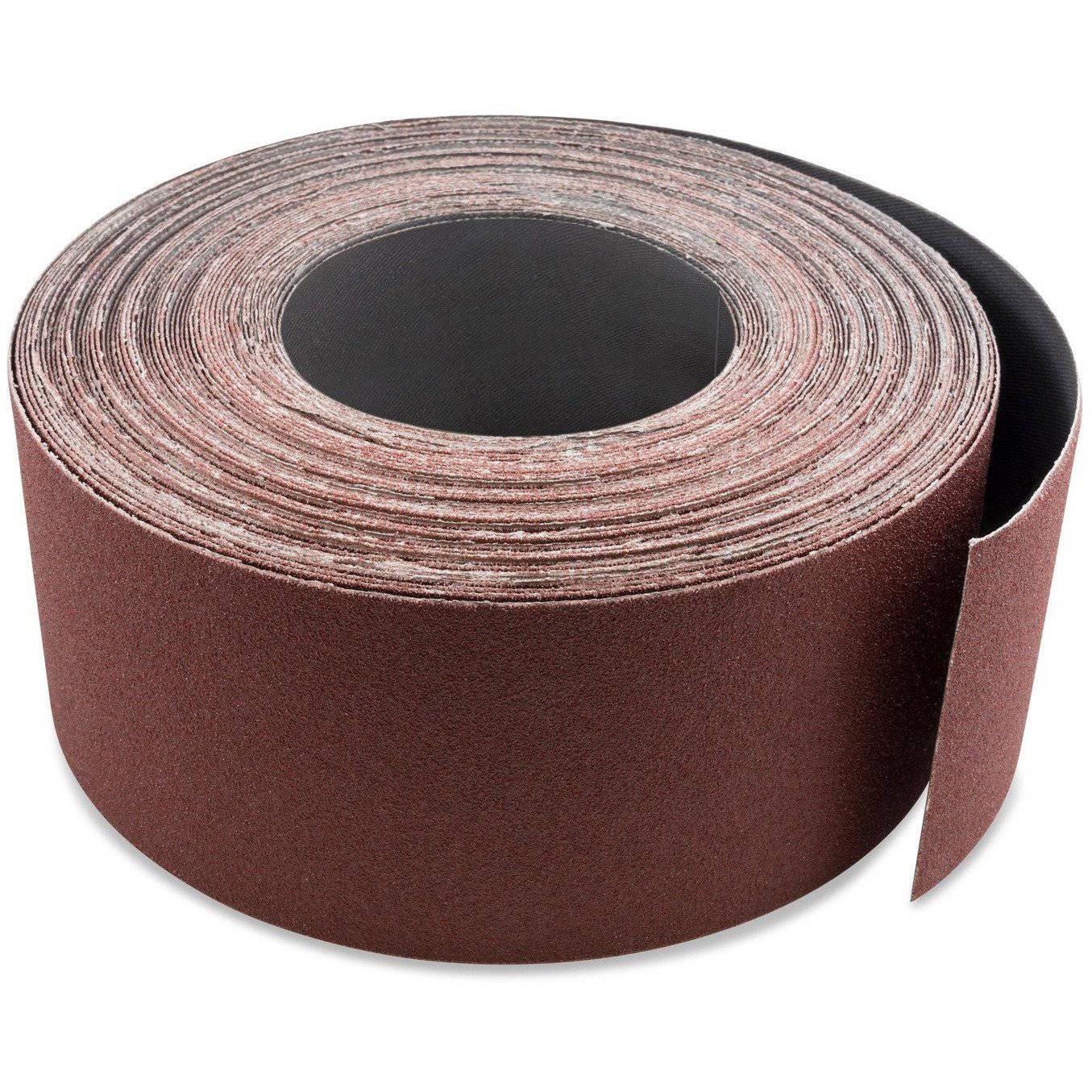
3 inch X 70 FT Woodworking Aluminum Oxide Cloth Drum Sander Strip Roll
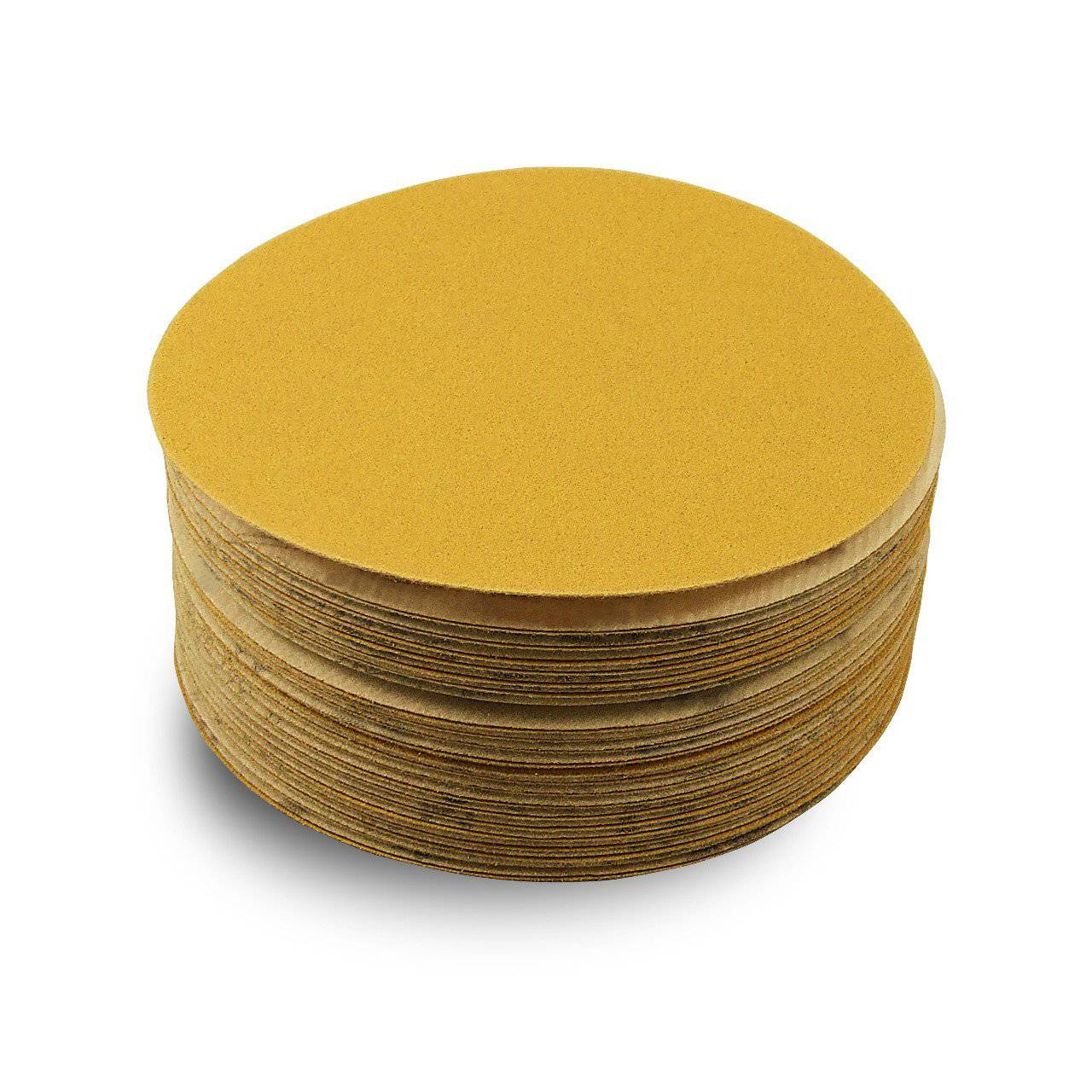
5 Inch Hook and Loop Gold Sanding Discs, 50 Pack
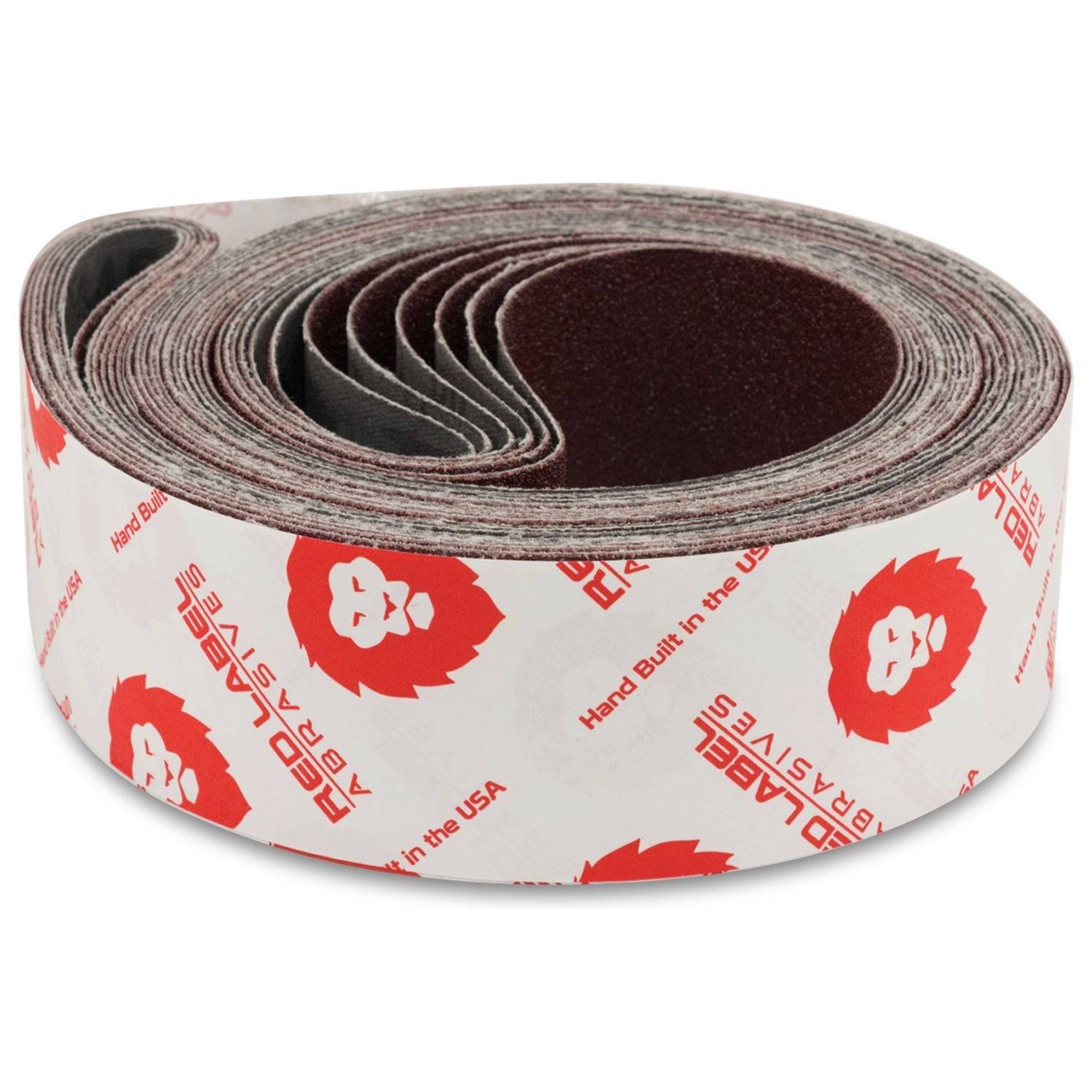
2 X 72 Inch Multipurpose Sanding Belts, 6 Pack
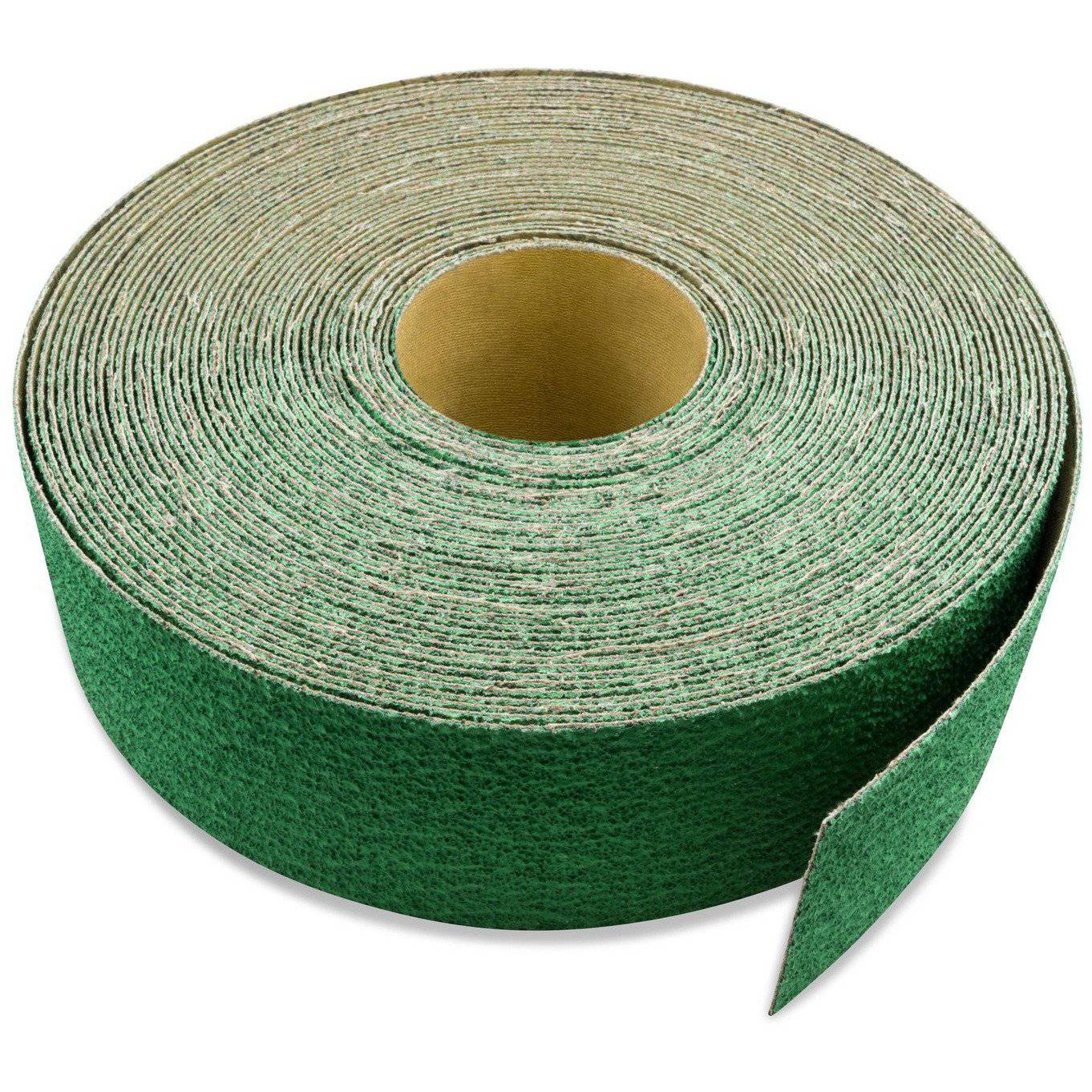
3 inch X 70 FT Premium Zirconia Woodworking Drum Sander Roll
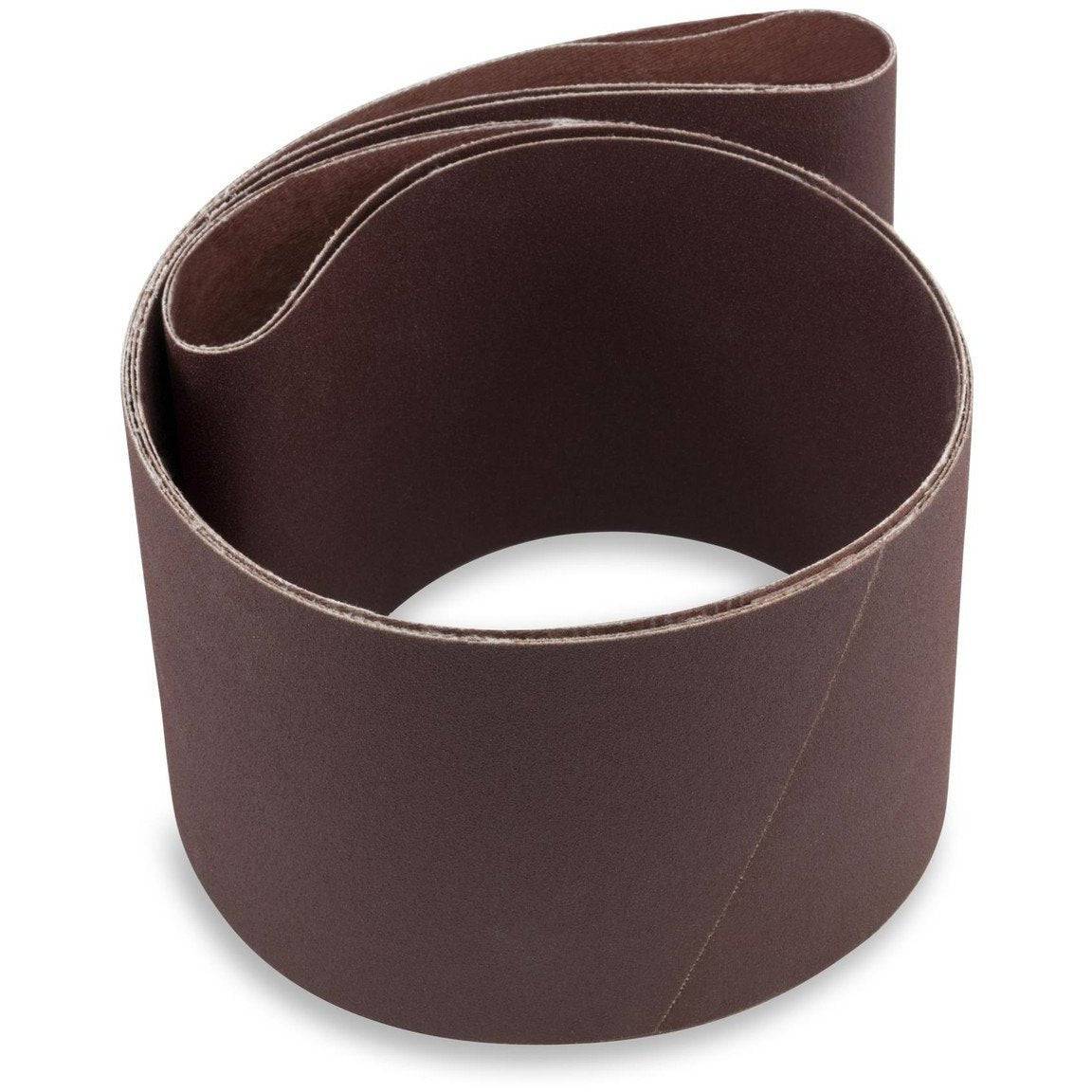
6 X 48 Inch Aluminum Oxide Wood & Non-Ferrous Sanding Belts, 2 Pack
Shop By Product Category





Why Choose Red Label?







